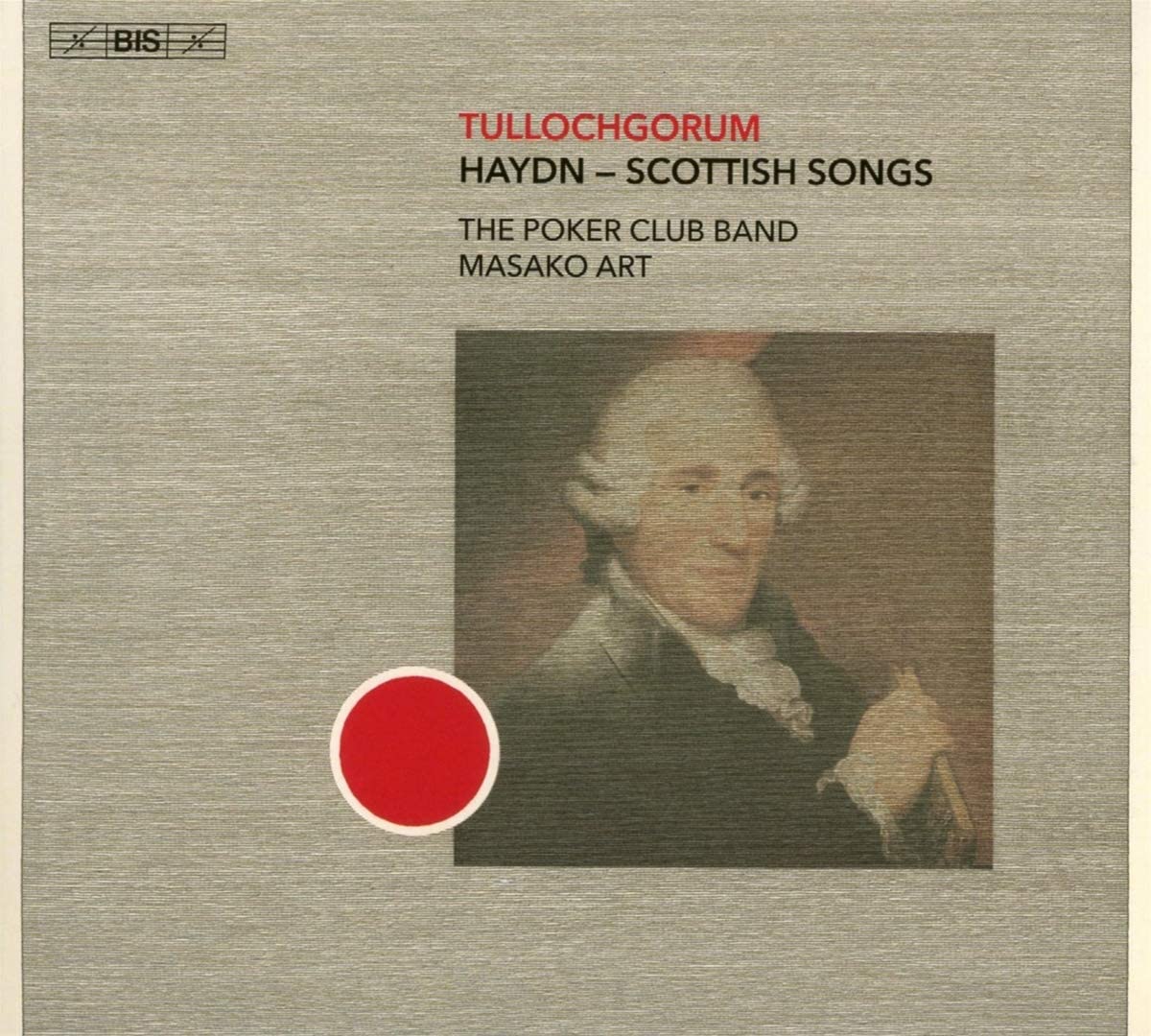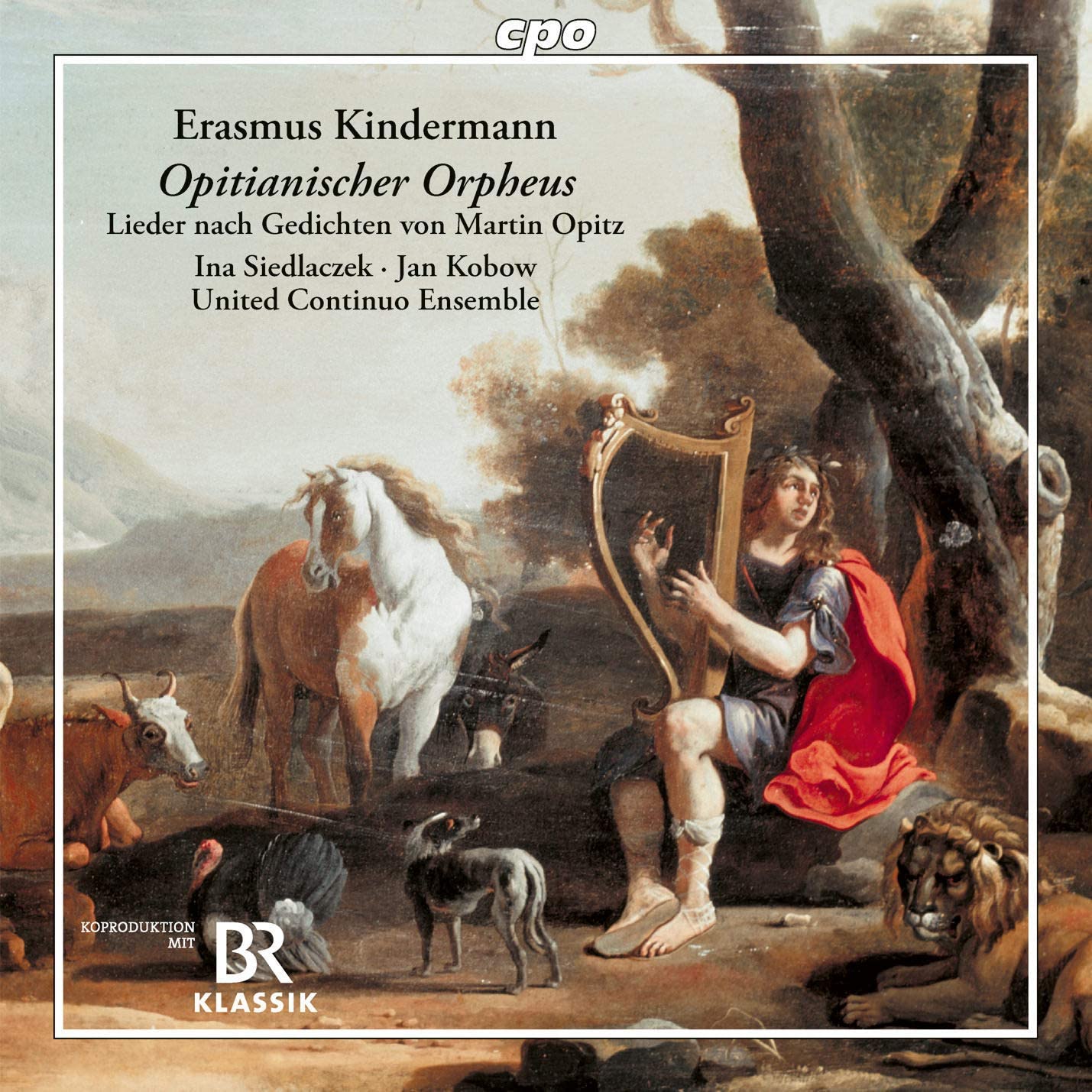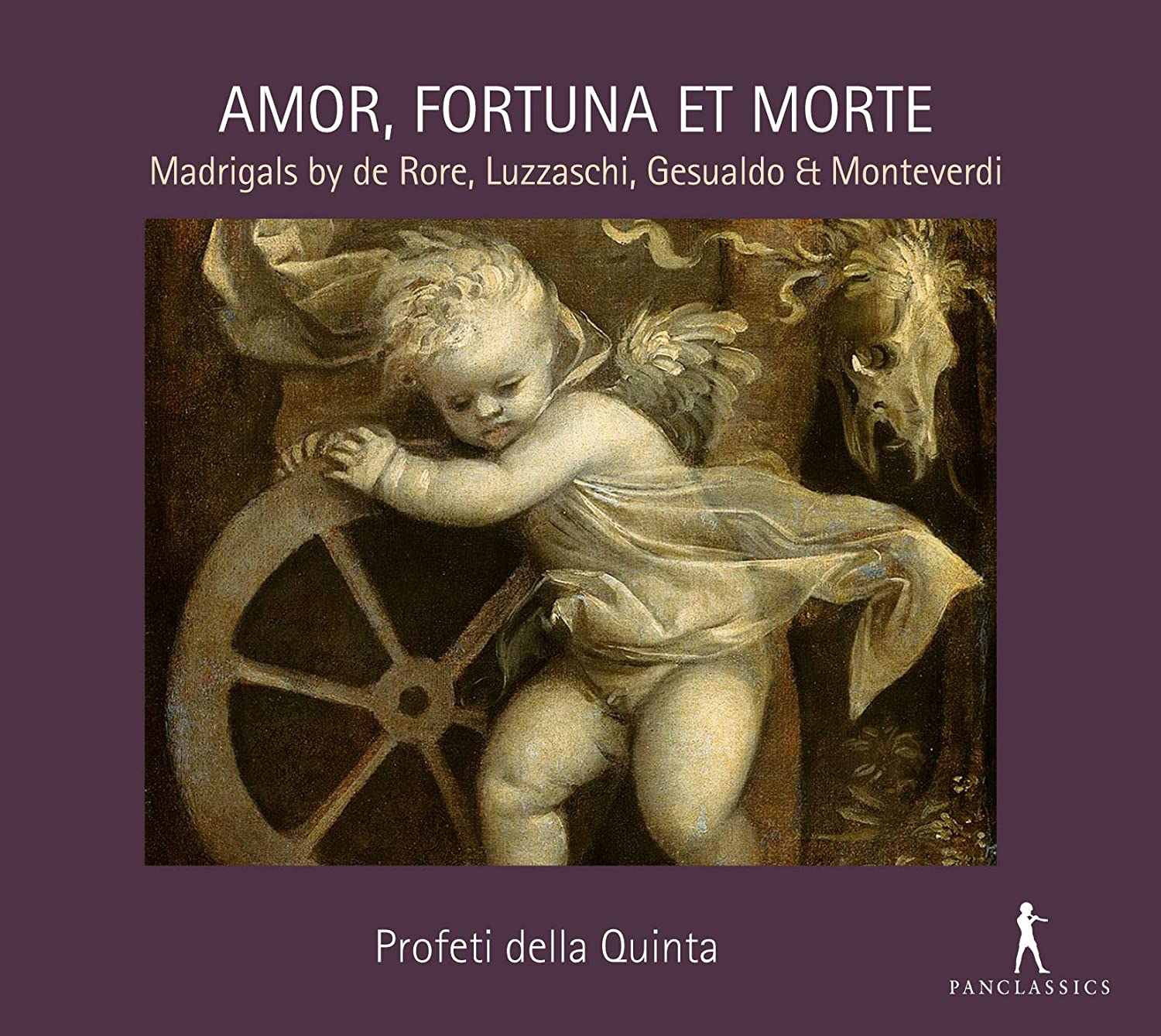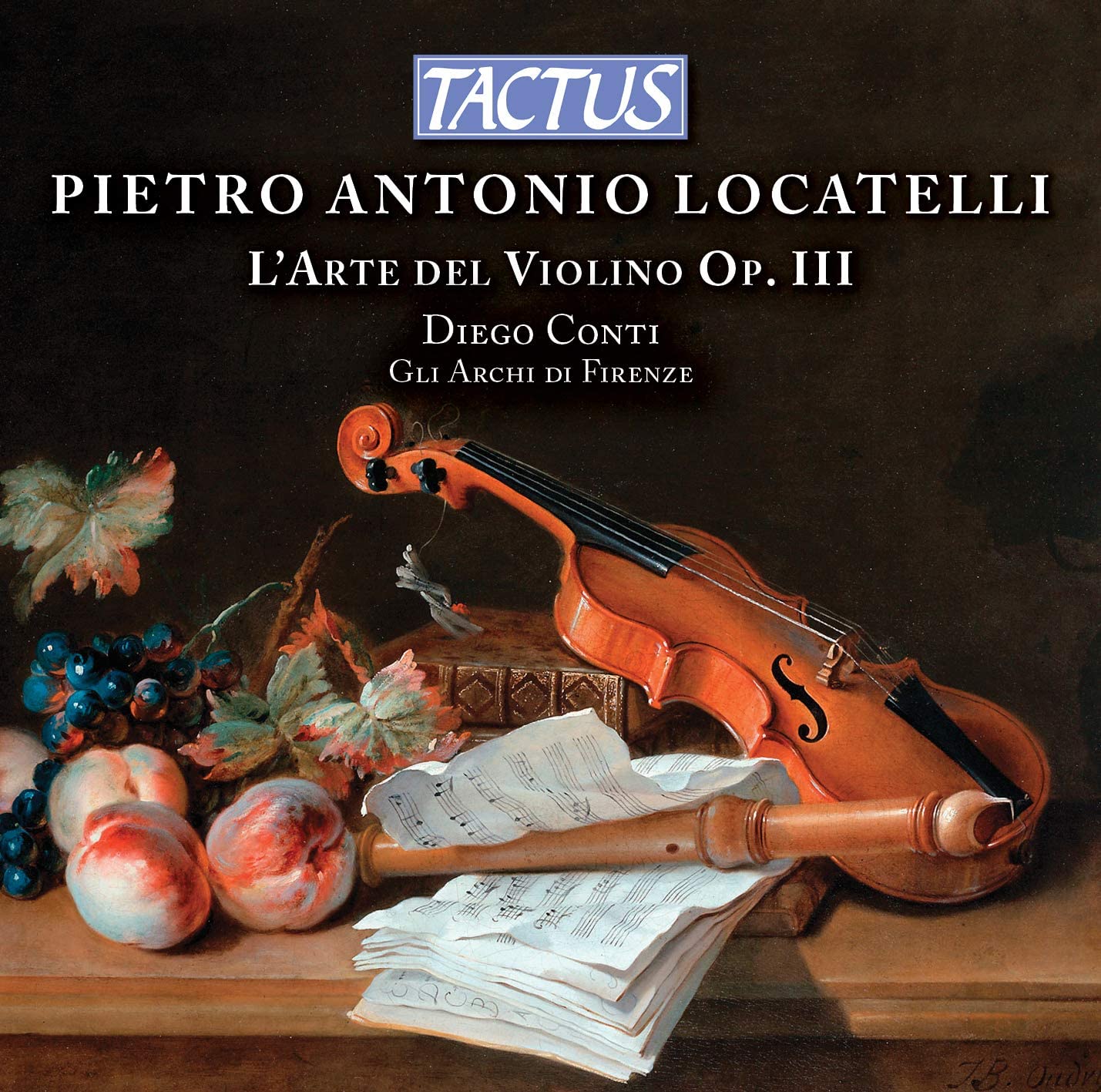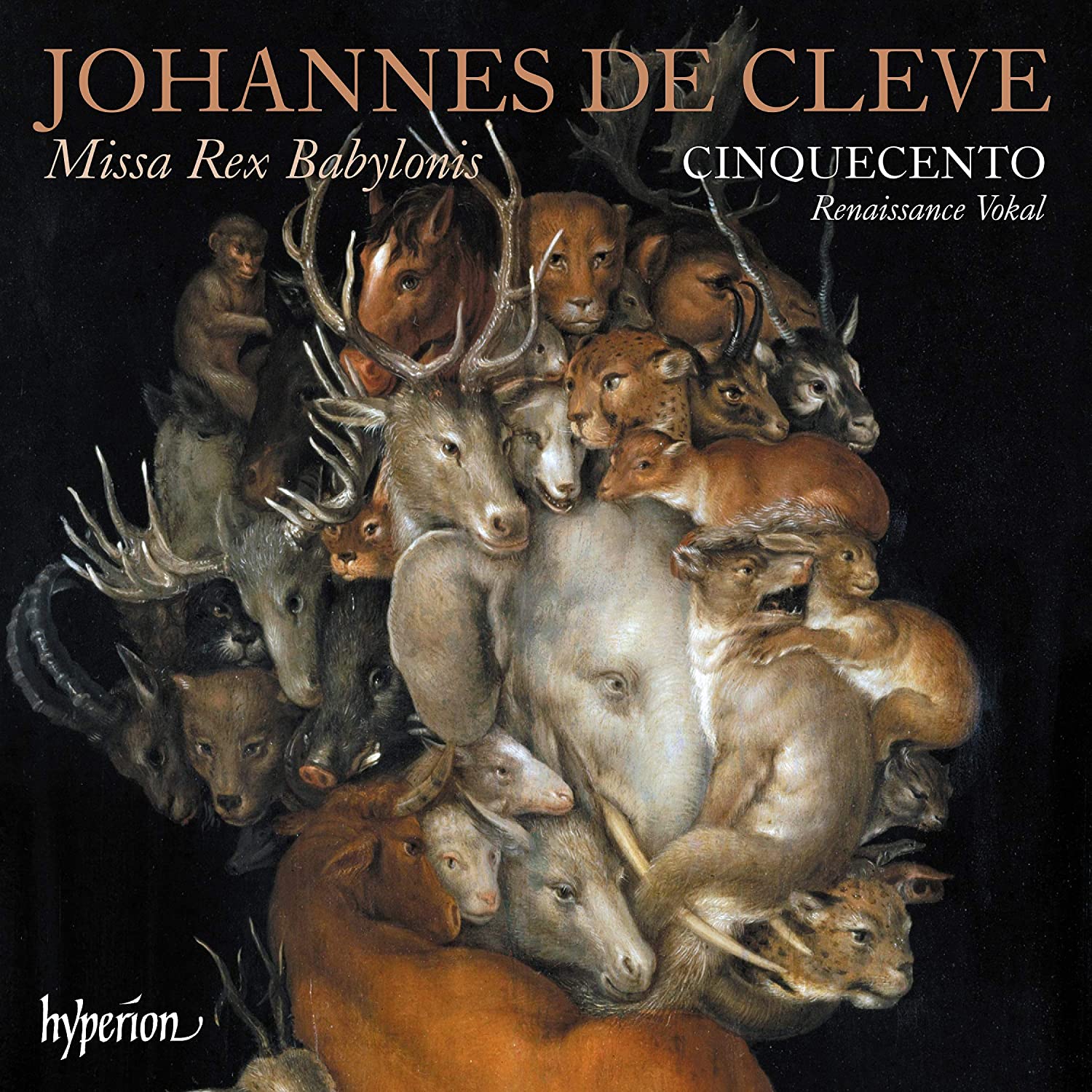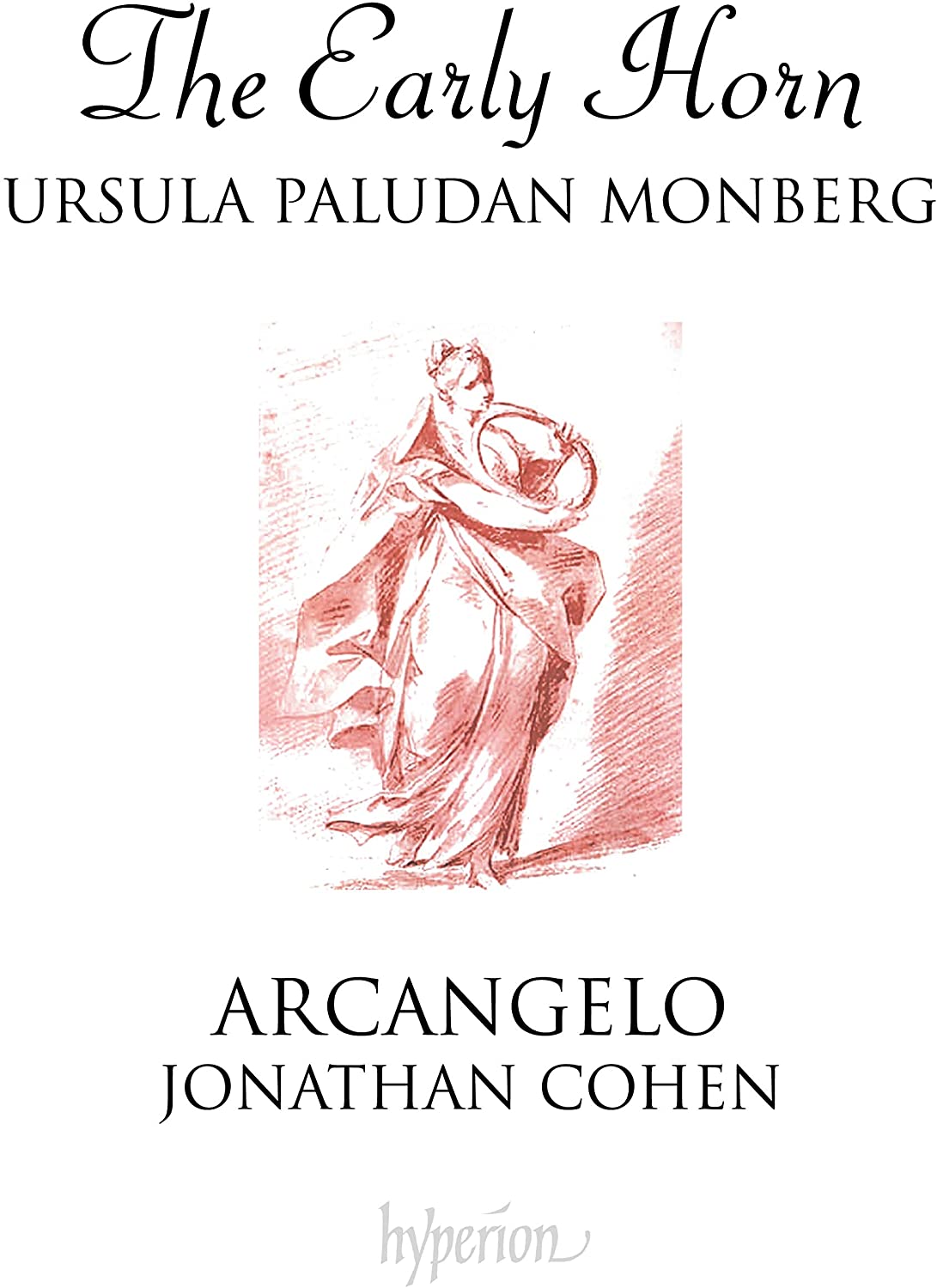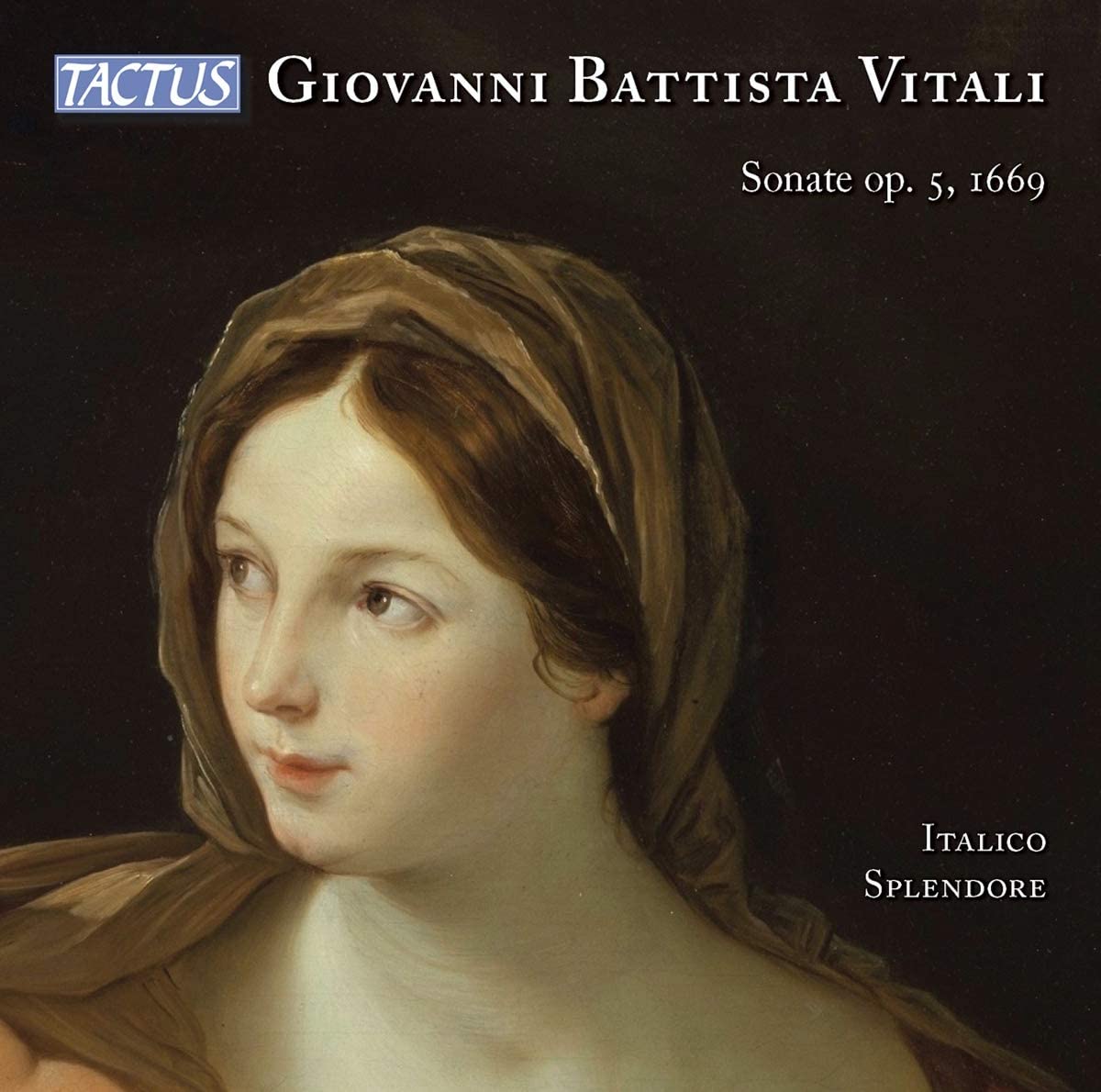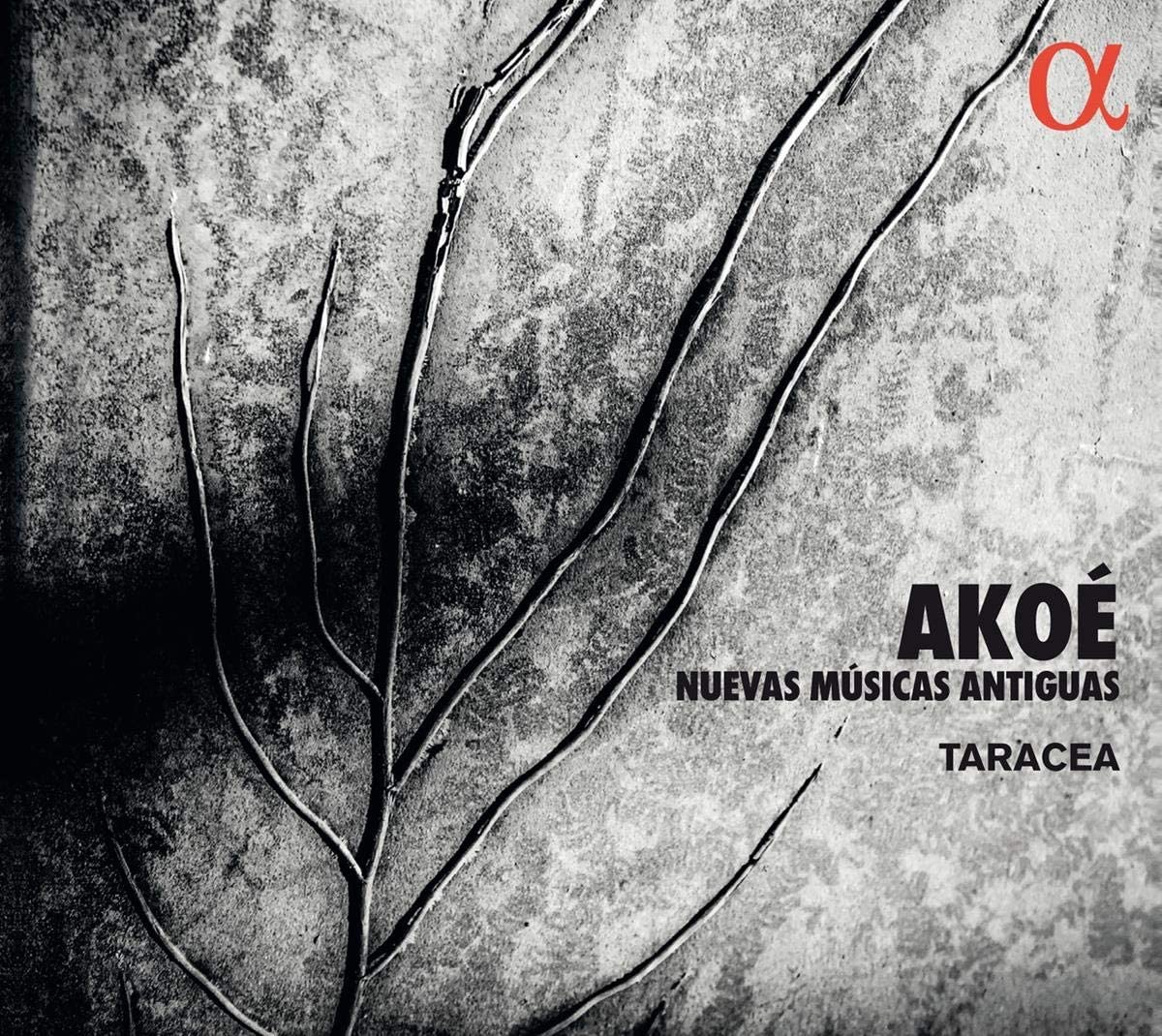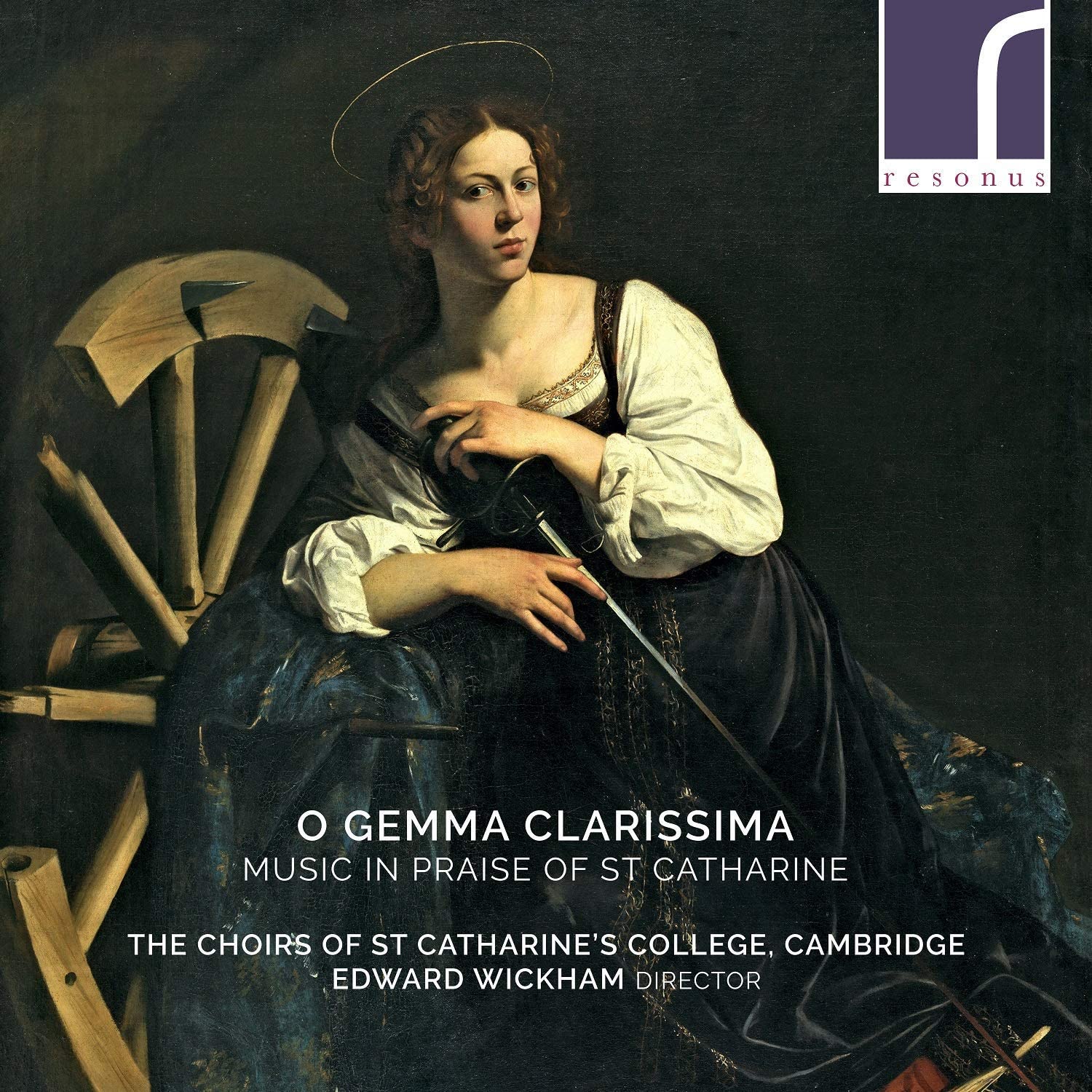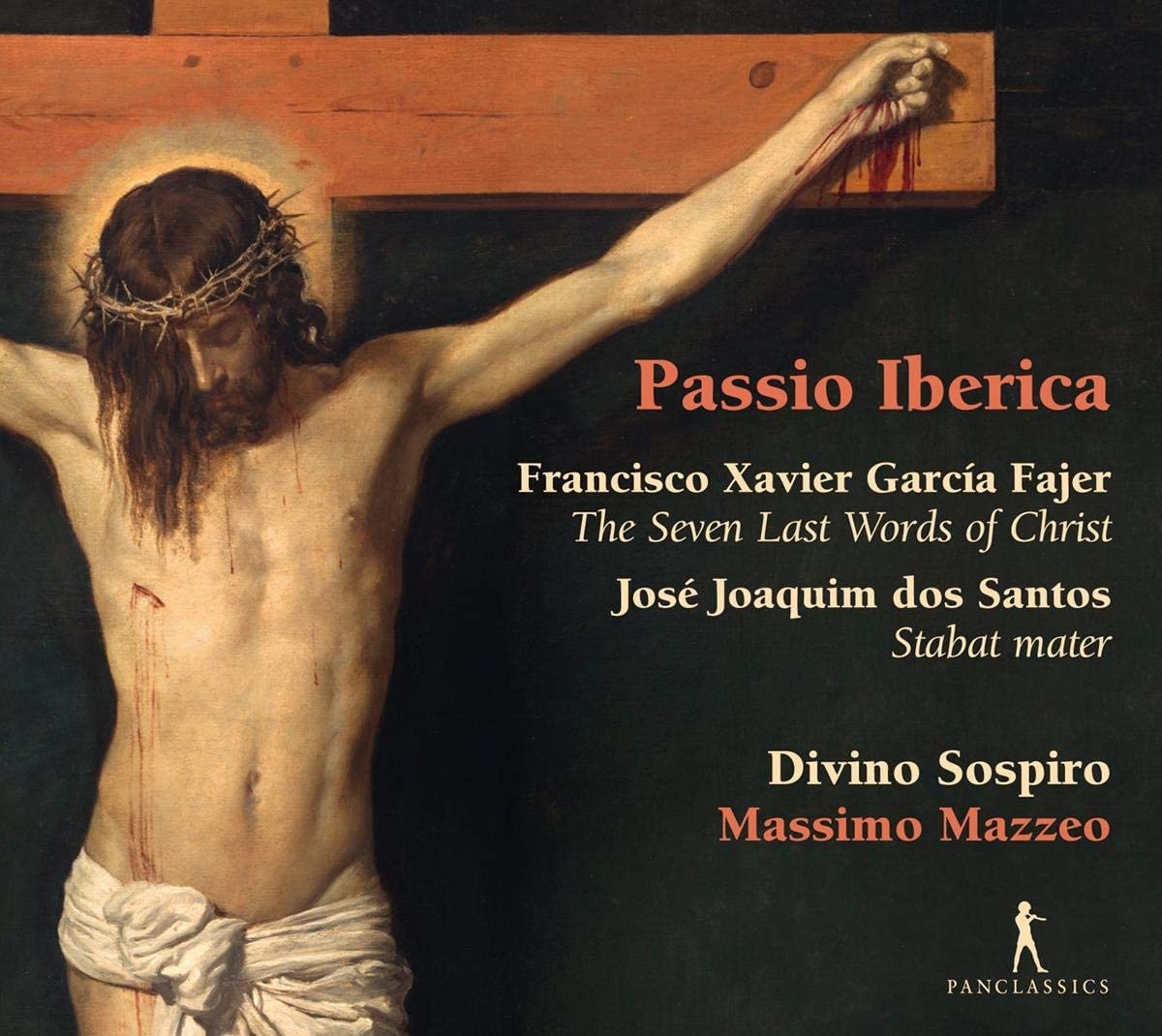The Poker Club Band, Masako Art
61:38
BIS 2471
Click HERE to buy this on amazon.co.uk
Harpist Masako Art has drawn up an attractive programme of Haydn’s Scottish Song settings, interspersed with instrumental pieces by John Elouis and arrangements of Haydn’s music by Elouis and François de Fossa. The last of these include music from Haydn’s 63rd symphony ‘Roxolane’ and his 82nd symphony ‘L’Ours’ arranged for solo harp by Elouis, and Fossa’s Grand Duo for two guitars arranged from Haydn’s string quartet op 2/2, further arranged by Art for guitar and harp. Art is joined for the duet by guitarist Edin Karamzov on a French guitar of around 1820, while she, in turn, plays a lovely single-action Erard pedal harp of 1809. Art also presents two lovely solo preludes for harp by Elouis. This instrumental music is all beautifully played and powerfully evocative of the early 19th-century drawing room recitals in which they must have featured. As with the Glossa ‘Haydn and the Harp’ CD I reviewed recently, I was struck by just how effective a medium the harp is for Haydn’s music, and Art’s lovely playing served to further convince me. For the Haydn Songs, Karamzov and Art are joined by violinist Sabine Stoffer and cellist Pierre-Augustan Lay of the Poker Club Band, and last but by no means least by vocalist, James Graham. Graham belongs to the traditional Gaelic music scene, and his light tenor voice has a pleasant naïve tone and a winning familiarity with the songs. If his intonation, particularly in the lower range, isn’t always quite perfect, as a native of Lochinver his pronunciation of the texts can certainly be trusted! The lively song “Tullochgoru”m gives this CD its title, and it is rounded off with a traditional Puirt a Beul, the distinctive mouth music of the Highlands, and the traditional Tullochgorum Reel – all fine stuff! The programme comes to a melancholy conclusion with a lovely account by Sabine Stoffer of Niel Gow’s “Lament for his 2d Wife”, an air of almost unbearable poignancy. At first, I thought the acoustic of the Kirche St German in Seewen a little too resonant for a programme, which would have taken place in a domestic salon, but I found this didn’t bother me for long. Finally, a quick shout-out for the ecological packaging of the CD (BIS ecopak), complete with a striking cover design, combining the famous Thomas Hardy Haydn portrait of around 1790 with original artwork by contemporary Highland artist, Alex Dunn.
D. James Ross
